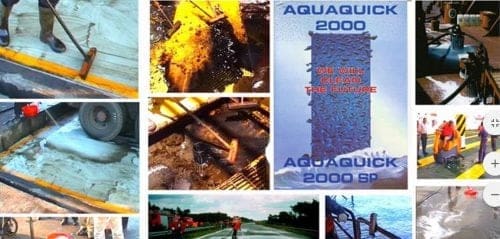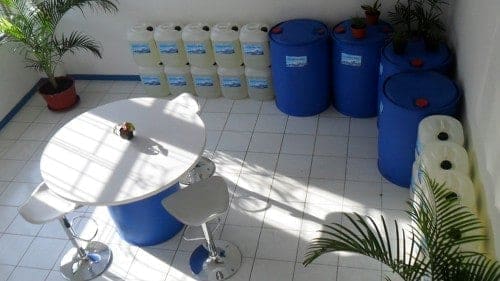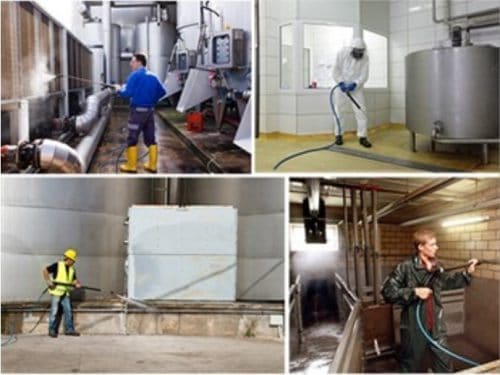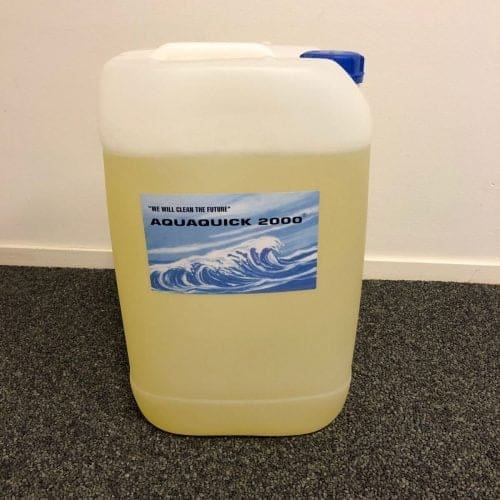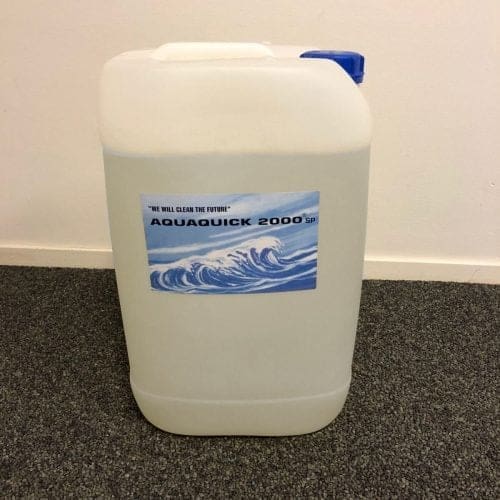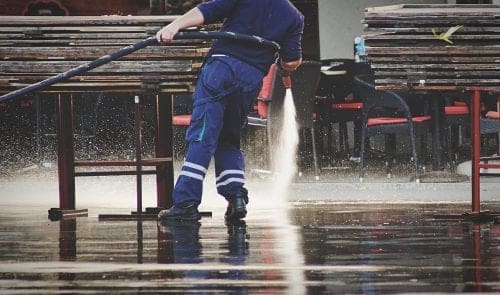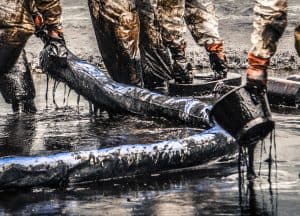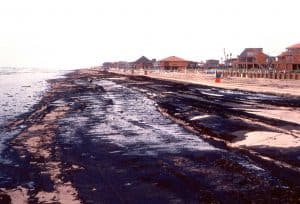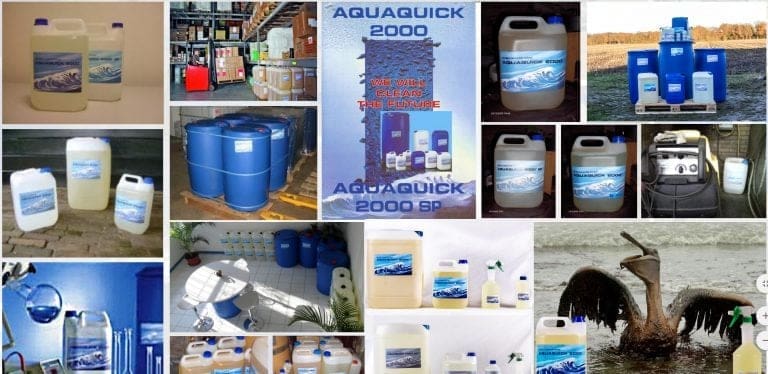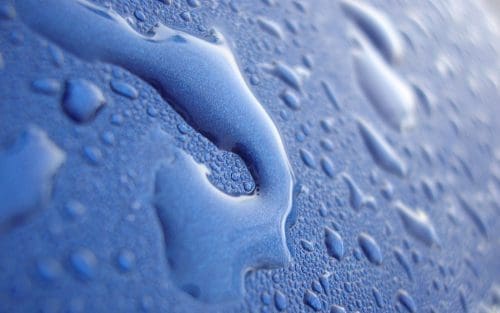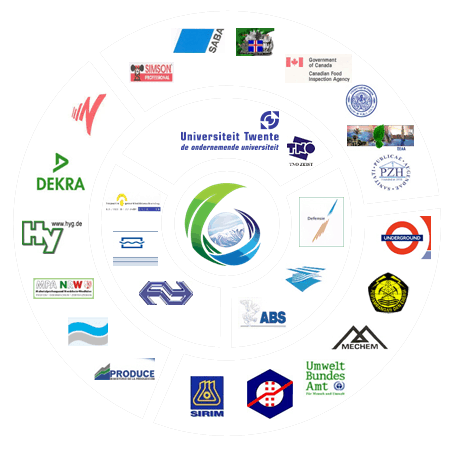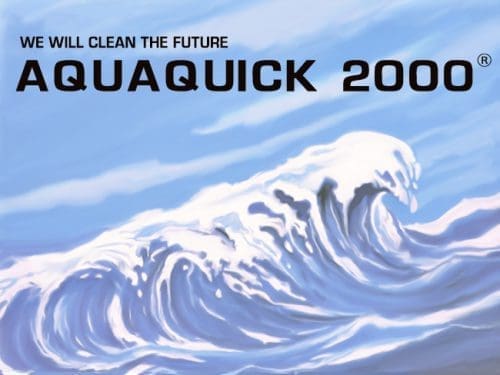Keeping your fuel tank clean is crucial for maintaining engine performance and ensuring operational safety—whether it’s for marine, industrial, or automotive use. Over time, sludge, residues, and contaminants accumulate inside the tank, which can compromise fuel quality and damage internal components. That’s why cleaning fuel tank thoroughly and regularly should be a top priority.
Why Fuel Tank Cleaning Is Necessary
A dirty fuel tank can lead to:
- Fuel contamination
- Clogged filters
- Reduced engine efficiency
- Corrosion or rust
- Costly repairs
Cleaning removes sludge buildup and ensures smooth fuel flow, enhancing performance and extending the life of your equipment.
Choosing the Right Fuel Tank Cleaning Method
There are several ways to clean a fuel tank, depending on the type of tank, level of contamination, and available resources:
1. Manual Cleaning
This involves physically entering the tank through the manhole and scrubbing the interior with a stiff broom or brush. It’s best suited for smaller tanks or where automated systems aren’t accessible.
2. Pressure Jet Cleaning
Using high-pressure water jets (up to 3500 PSI) with hot water can be highly effective. It’s essential to use a tank-friendly solution like AQUAQUICK 2000 that doesn’t damage coatings, paints, or metals during cleaning.
3. Butterworth Tank Sprinkler System
This automated cleaning method uses rotating nozzles to spray a degreasing agent throughout the tank. AQUAQUICK 2000 is ideal for this setup, as it breaks down sludge and removes residues without harming tank surfaces.
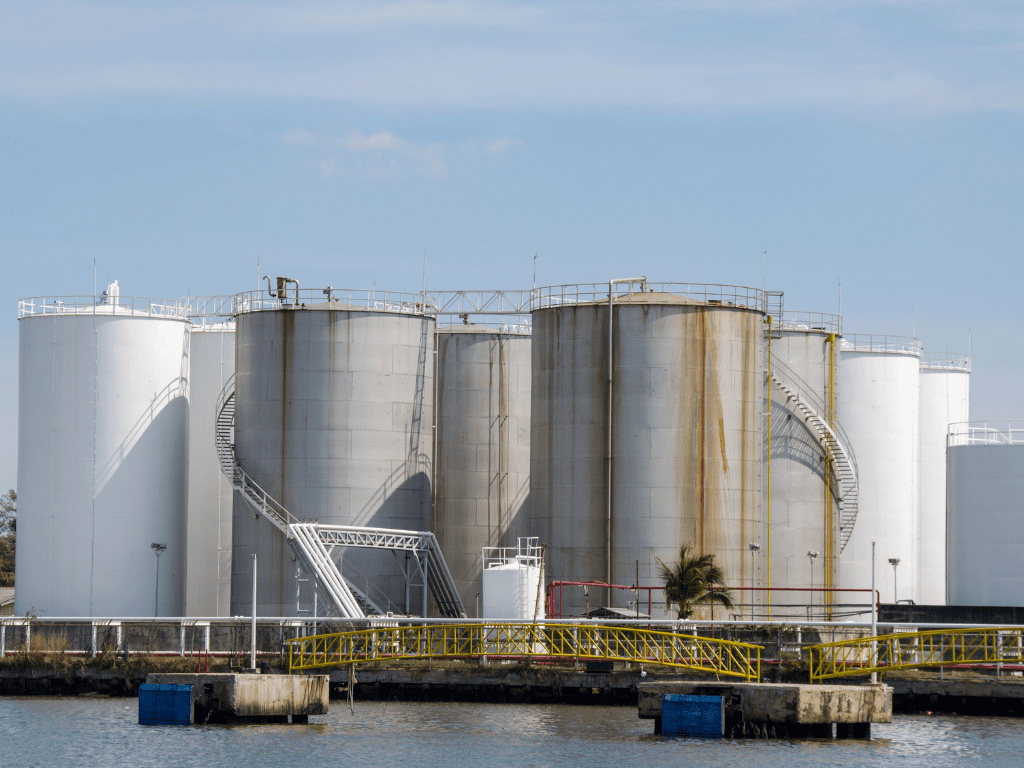
AQUAQUICK 2000 – A Total Solution for Cleaning Fuel Tank
When it comes to cleaning fuel tank, AQUAQUICK 2000 stands out for several reasons:
- Efficient Degassing & Desludging: It breaks down even thick, stubborn sludge (like a peanut butter milkshake consistency) into a liquid that can be easily flushed out.
- Heat-Activated Formula: Works best with high-temperature water, making sludge removal faster.
- Safe for All Surfaces: Doesn’t affect tank coatings, metals, or protective layers.
- Flexible Application: Can be used with high-pressure jets, flushing, or manual scrubbing.
- Dilution Ratio: For heavy sludge, use 1:15 or 1:25. Avoid weaker mixes like 1:50 for optimal results.
Final Thoughts
Cleaning fuel tank routinely ensures longer equipment life, safer operations, and better fuel quality. Whether you’re dealing with heavy sludge or minor stains, using the right cleaner matters. AQUAQUICK 2000 provides a safe, cost-effective, and environmentally friendly way to handle the toughest cleaning jobs. Invest in smart maintenance—your tank, fuel, and engine will thank you.

